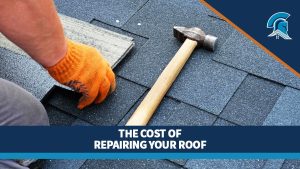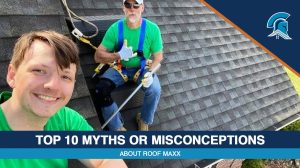Summary:
- Regular roof inspections help to catch leaks early, preventing the need for costly repairs or total replacement. Signs of leaks include water stains, mold, and damaged insulation, often found in the attic or near chimneys and vents.
- Inspect the roof itself for missing shingles, punctures, or sagging areas, and try spraying water to locate leaks if it hasn’t rained recently. Stains, bulging walls, and mold growth are also red flags for water entry points that need immediate attention.
- For minor leaks, re-secure curled shingles, replace damaged shingles, or reseal flashing to stop water entry. If leaks are extensive, it’s best to call a professional.
- Roof Maxx can help extend the lifespan of your roof by up to 15 years. This eco-friendly plat-based treatment can save you thousands of dollars on asphalt roof repairs.
Your roof is the steadfast guardian of your home, more than just an assembly of wood beams and asphalt shingles. A solid roof is your home’s first defense that keeps you and your family safe and comfortable, no matter the weather. Regular roof inspections are crucial to keeping your roof in good shape. Catching roof leaks as soon as possible will help extend the roof’s life and save you money.
Learning how to find a roof leak, fix it, and keep your roof in peak condition is vital. This knowledge will save time, money, and trouble. Roof leaks that aren’t repaired quickly can swiftly lead to mold and substantial roofing woes, potentially draining thousands from your wallet in repairs or a complete replacement. Fortunately, Roof Maxx is here to help you!
How to Find a Roof Leak Steps
Though it may be easy to identify water stains or mold on your ceiling, many other less apparent signs suggest you could have a leaky roof. A thorough inspection can help you spot a roof leak and unveil those hidden issues. Let’s examine how to find a roof leak in your home.
Inspect Your Attic
Inspecting your attic is a critical first step in detecting a roof leak because the attic will give you a better look at the underside of your roof and is often where evidence of leaks first appears.
Start by looking for signs of moisture, mold, water stains, or areas where the wood may appear darker than the surrounding material. Pay close attention to areas around vents, chimneys, and where the roof joins the walls of your home, as these junctions are common leak origins.
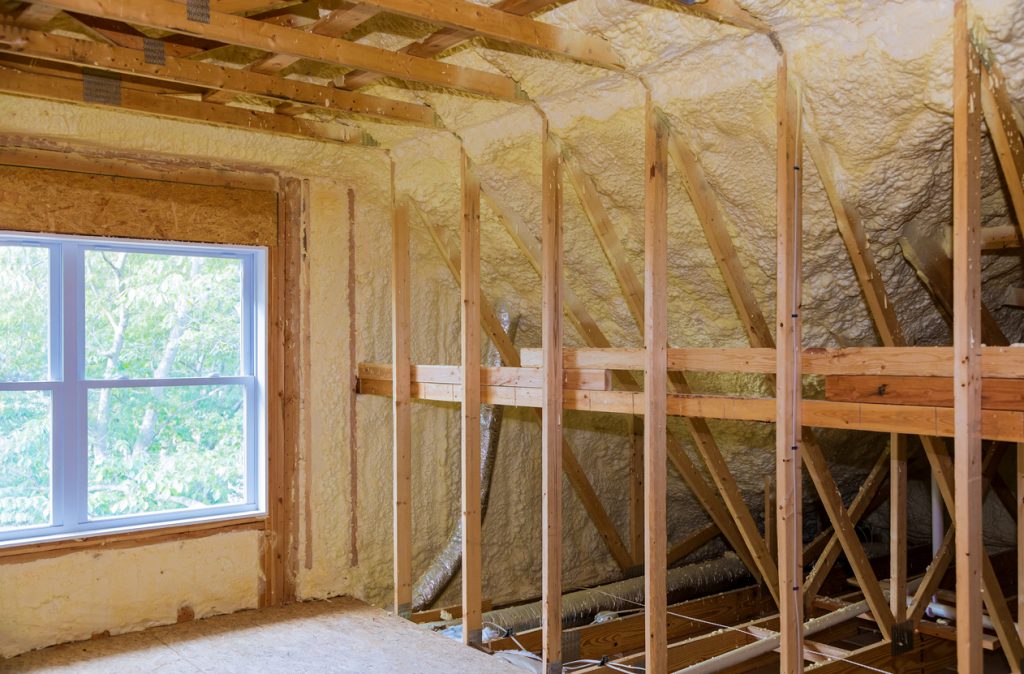
Look for Damaged Insulation
Keep an eye out for damaged insulation, whether it’s in your attic or elsewhere in your home. Damaged or damp insulation is a significant indicator of a leaky roof. Still, the leak source may not always be immediately above the compromised insulation due to how water travels. Tracing the water’s path back to its entry point is essential. By following this trail, you can pinpoint the precise location where the roof is compromised and address the leak more effectively.
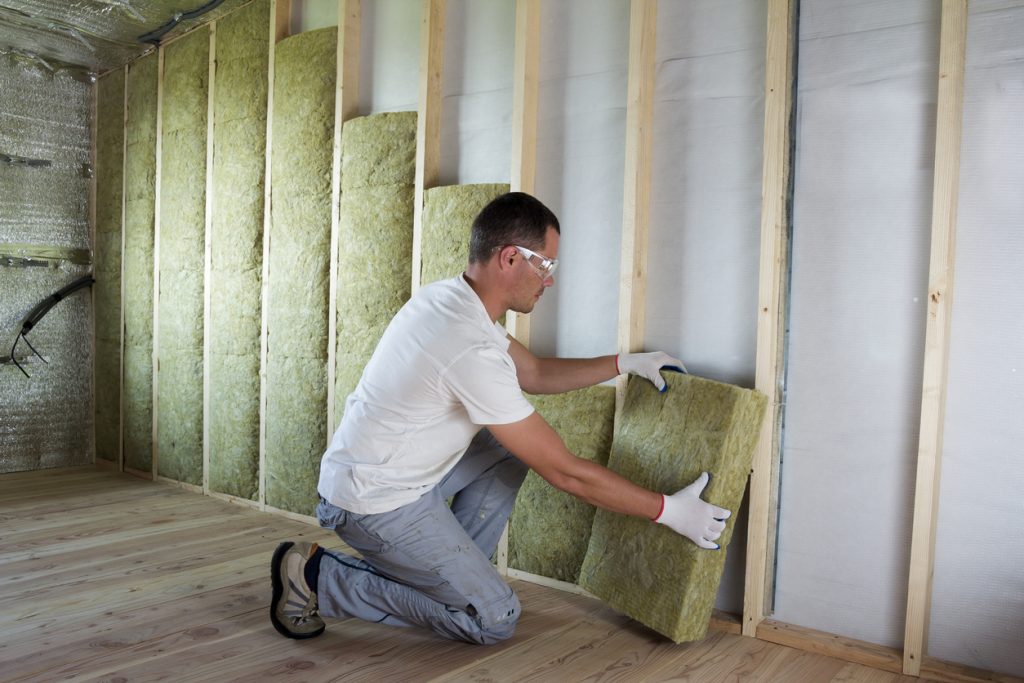
Thoroughly Inspect Your Roof
Inspect the roof, paying particular attention to the areas around the roof vents. Look for sharp objects that could have punctured the shingles, like nails, tree branches, or rocks. These are often the culprits behind roof leaks.
Additionally, be alert for other signs that can indicate a compromised roof. For instance, curling, broken, or missing shingles can be gateways for water entry. A sagging roofline is also an indicator of severe structural issues caused by extensive or ongoing leaks.
If your region hasn’t experienced rain or snow lately, spraying the roof with a hose is another way to find a roof leak. After spraying, check the attic for signs of moisture. Remember, even when the weather is dry, it’s crucial to promptly address vulnerabilities in your roof to prevent leaks from developing or worsening.
Read more: How Often Does Your Roof Need to be Replaced?
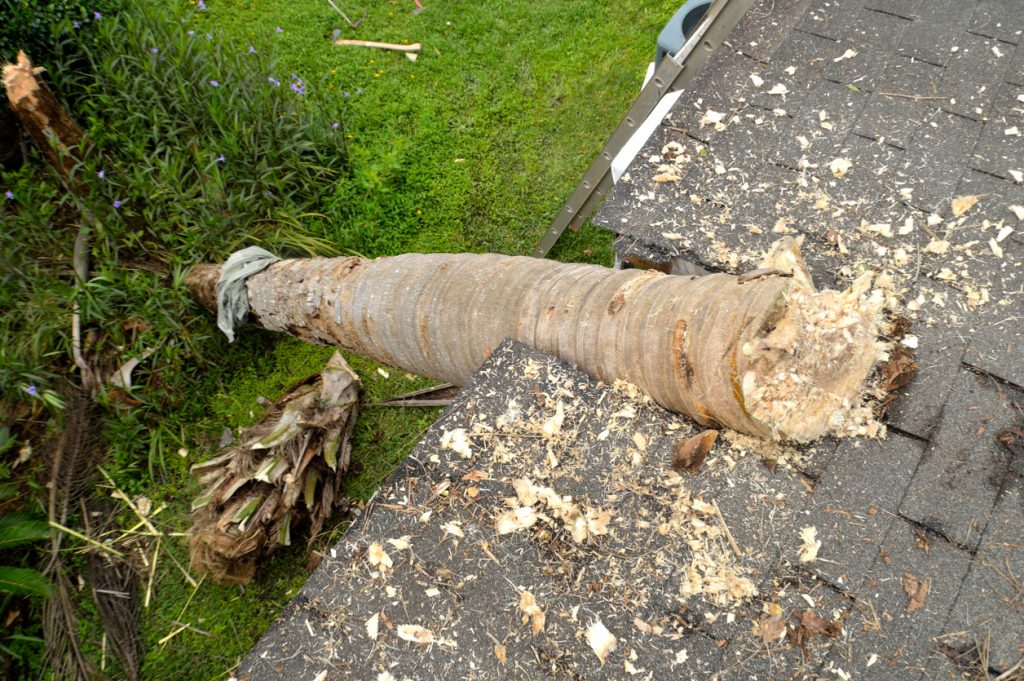
Stained Areas, Weak Spots, or Bulging Walls
Keep a vigilant eye on the condition of both your home’s interior and exterior walls. Telltale signs of a roof leak may manifest as stains—discolored patches that indicate water has soaked through. Feel for weak spots or areas where the wall may appear to bulge outward, as these can be symptoms of water damage weakening the structure. Bulging can also result from the expansion of saturated materials and should be investigated promptly.
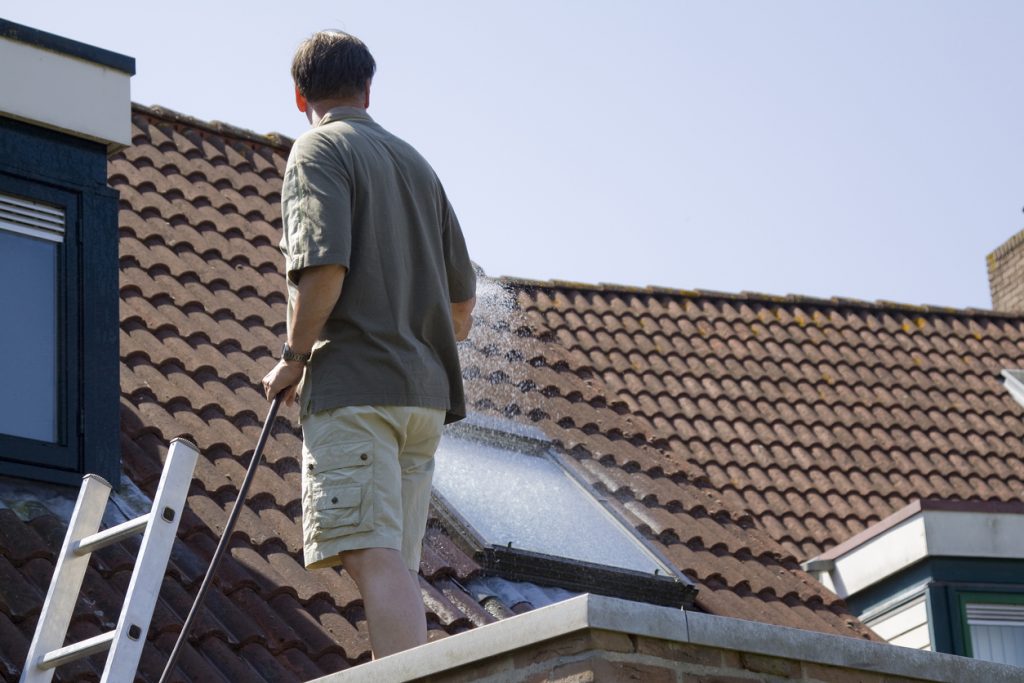
Mold Growth on Walls
Mold growing on your walls, whether inside or outside, is not just an aesthetic issue—it’s often a red flag for moisture problems stemming from a roof leak. Mold prefers damp, dark conditions, so its presence, especially in unexpected outdoor areas, suggests water damage. Addressing any mold should be a priority, as it can impact your home’s integrity and the health of its inhabitants.
Read more: How to Remove Algae & Mold From Your Roof
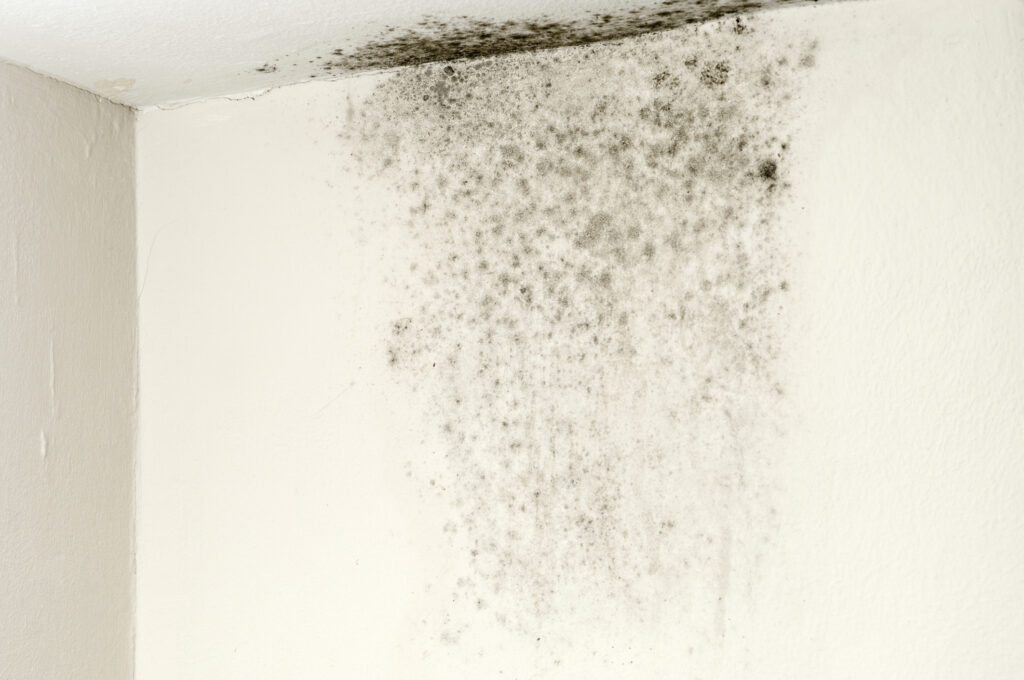
Dripping Water Inside the Home
The sound or sight of dripping water in the attic or other parts of your home can clearly indicate a roof leak. If you notice any unexpected water inside, it’s crucial to trace it back to its source. Water may drip directly from a roof breach or travel along beams and drip at a distance from the initial leak. A thorough investigation is necessary to locate the exact point of entry.
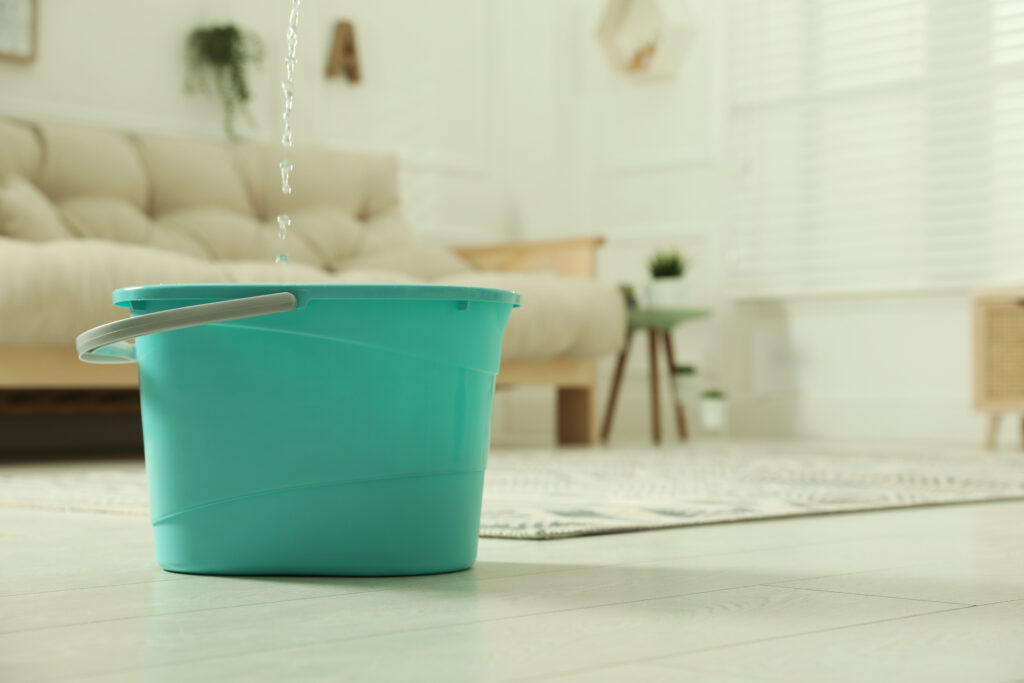
How to Fix Your Roof Leak
Now that you know how to find a roof leak, you’ll need to know how to tackle the repair to prevent further damage to your roof and home. Here are some steps you can take to fix your roof leak:
Re-Attach Curled Shingles
Some curled shingles can be salvaged by re-securing them with roofing cement. Use plenty of cement and apply it firmly underneath the shingle. Ensure the shingle stays flat once it has been set.
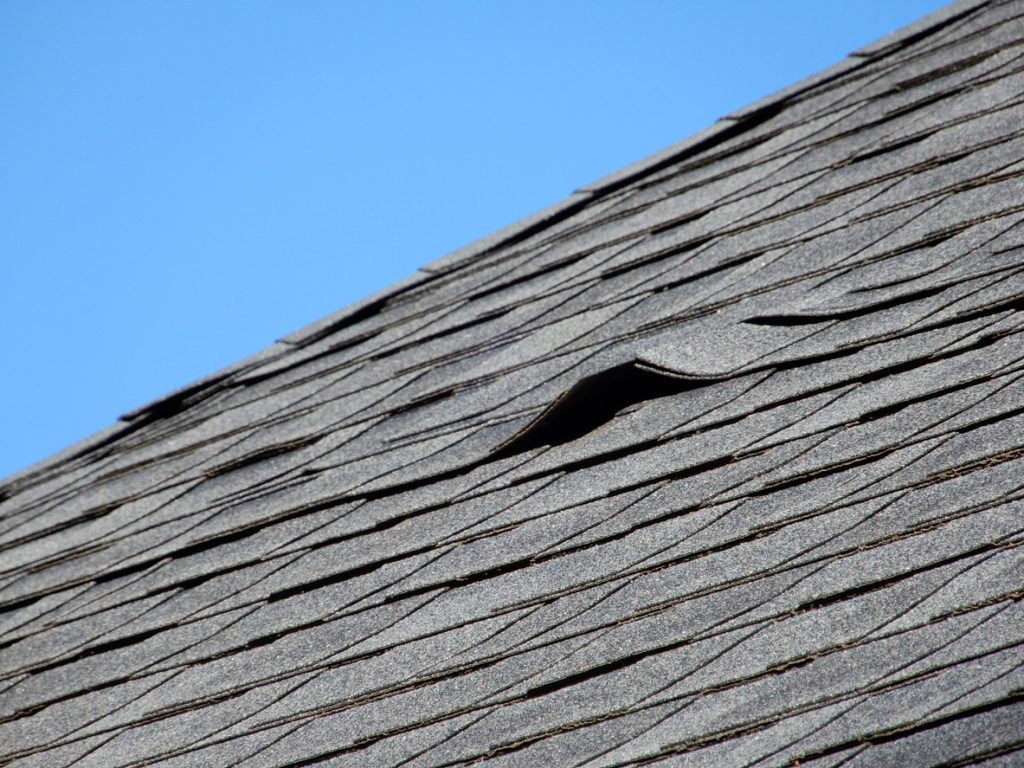
Install New Shingles
If shingles are missing or beyond repair, you must replace them with new ones. Use a pry bar to remove damaged shingles, then scrape off the old roofing cement and remove old nails. Then, it’s time to install the new shingle by rounding the back corners with a utility knife and sliding it under the existing shingle. Use roofing nails to secure the new shingle, then cover it with roof cement.
Read more: Best Roof Shingle Brands for Your Home (2024 Update)
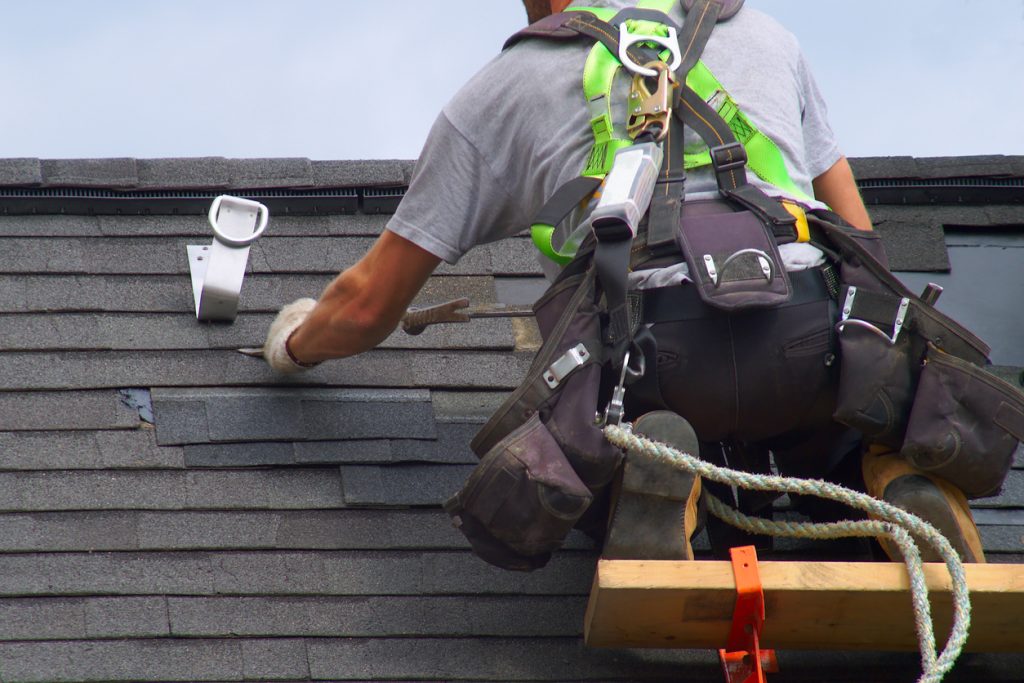
Repair Flashing
Some leaks are caused by damaged flashing. Fortunately, this problem can often be resolved by resealing the joints. To repair damaged flashing, fill a caulking gun with roof cement, add a coat of fresh cement, and smooth it with a putty knife.
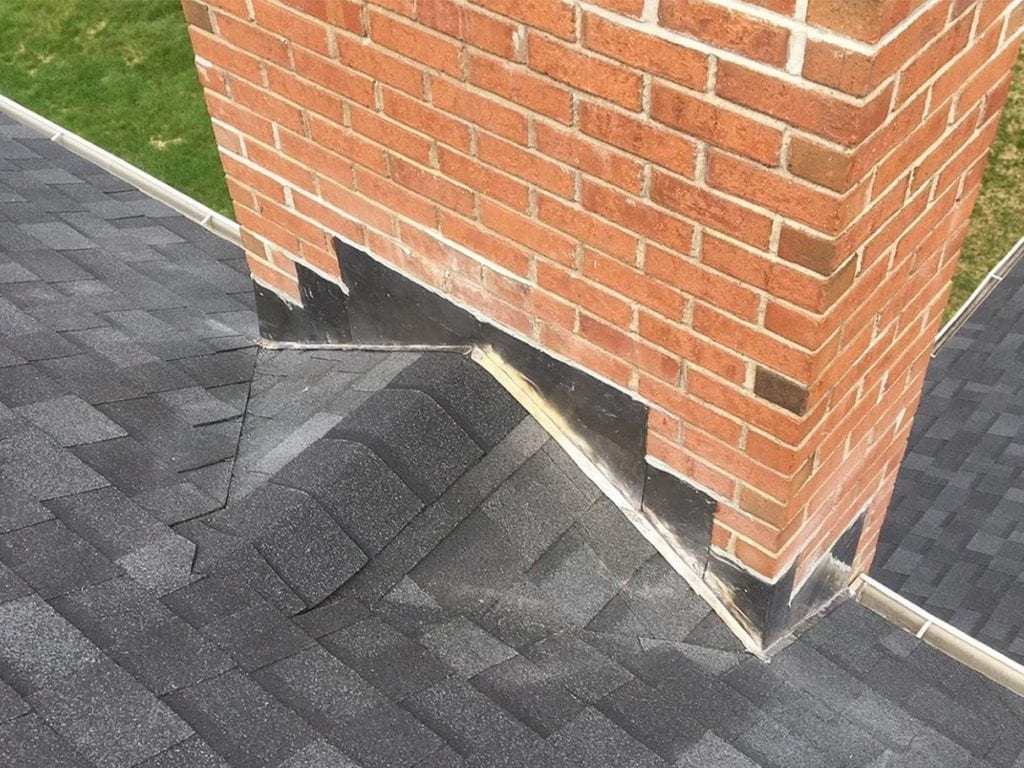
Know When It’s Time to Call a Professional
Recognizing when to call a professional is crucial. If your roof leak is persistent or widespread, or the damage is extensive, it’s time to seek expert assistance. Roofing professionals have the tools and expertise to diagnose and efficiently repair roof issues, ensuring the safety and longevity of your home.
Extend the Life of Your Roof with Roof Maxx
Now you know how to find a roof leak and how to fix it. Sometimes, a dry roof needs to be rejuvenated to avoid future problems. If you want to save money and extend the life of your asphalt shingle roof, Roof Maxx can help. Our eco-friendly technology can extend the life of your roof for up to 15 years. Contact us today to learn more.

